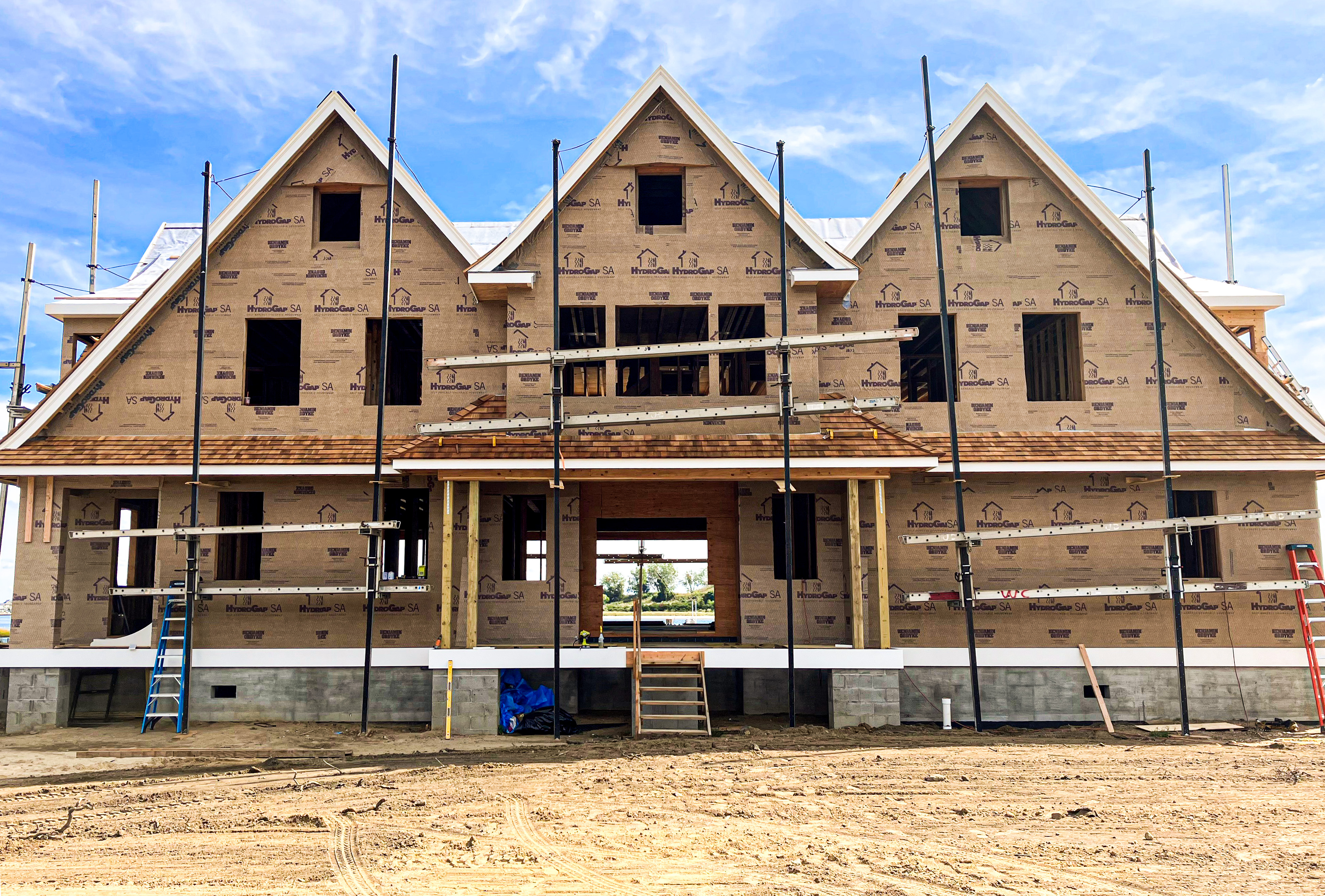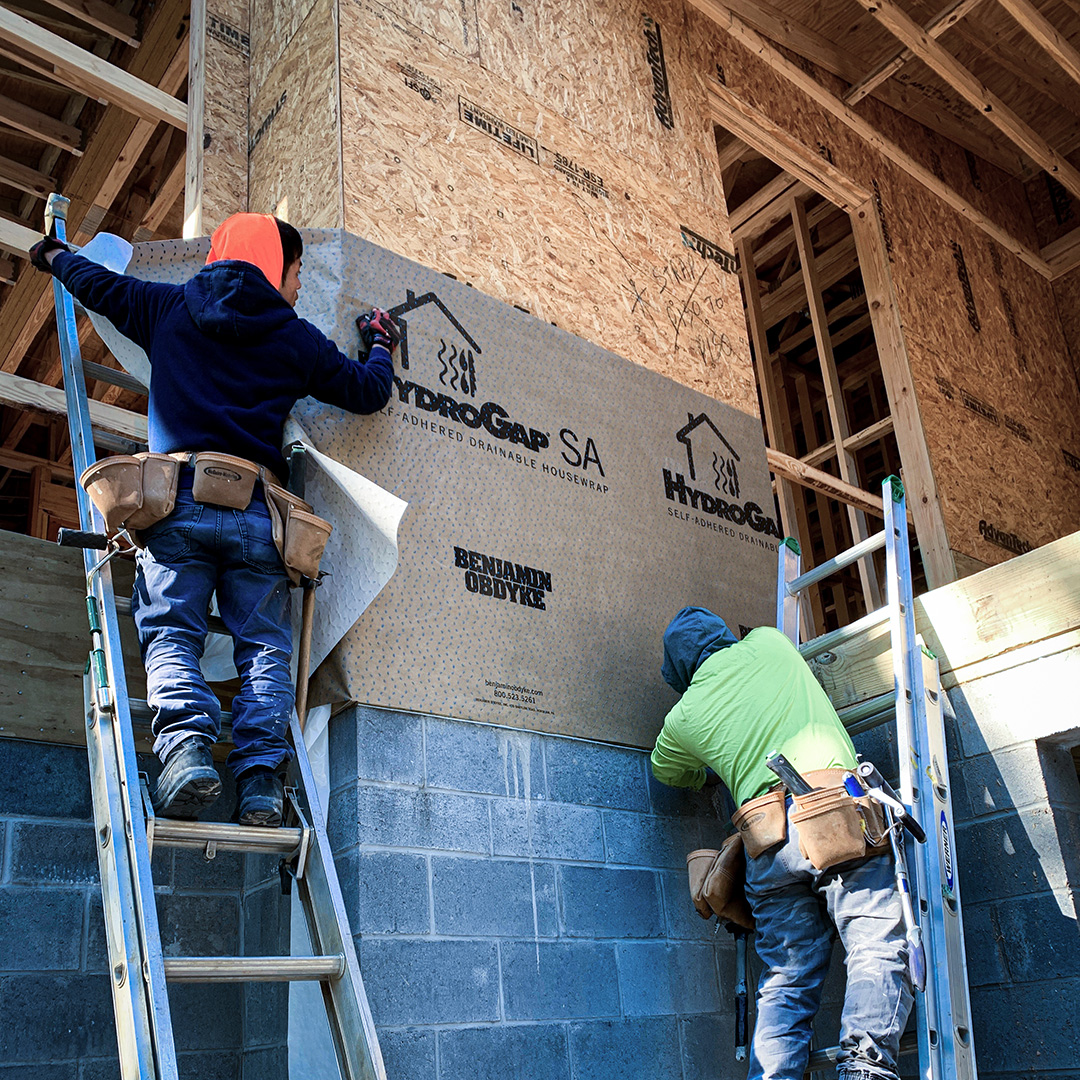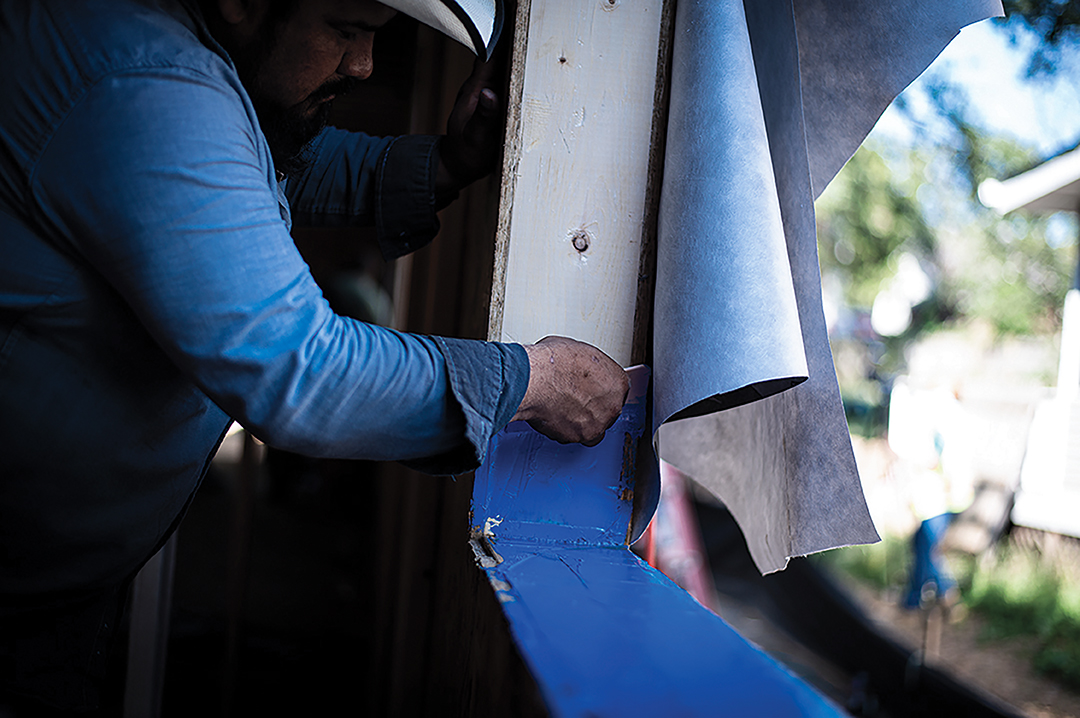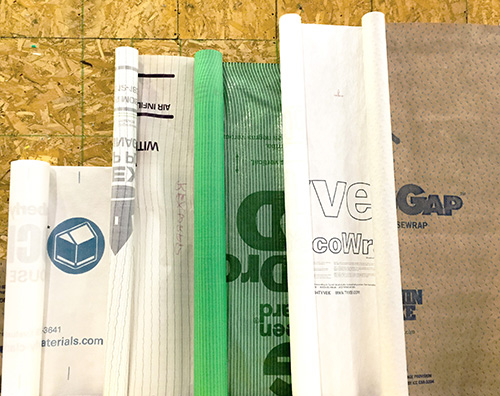Like most parts of the home exterior, weather and climate should be carefully considered when designing wall systems and choosing weather resistive barrier (WRB) and rainscreen materials. Differences in temperature, moisture, wind, and more for wet vs. dry climates can impact a wall’s performance in the short and long term.
Overview of Wet vs. Dry Climates
The United States has nine climate regions, so there is some ambiguity and crossover when considering if yours is a wet vs. dry climate. In general, wet/dry zones are determined by average annual precipitation, with coastal areas typically wet and/or humid and deserts and mountain/high-altitude locations tending to be dry. Consult your local building code and the International Energy Conservation Code for the specific needs and requirements for your area.
Generally, the biggest challenge for homes in wet climates is managing the rainfall they are directly exposed to, and contractors should err on the side of overpreparation. Moisture includes volume of rain and snow as well as the potential for wind-driven rain.
Designing Wall Systems for Wet Climates
One of the most important aspects of managing moisture in the wall system is proper planning and sequencing of the weather resistive barrier, flashing, and other materials. Materials should be shingle lapped from the top down to ensure water can flow freely without getting trapped or flowing behind the barriers to the sheathing.
Drainage between the siding and the weather-resistive barrier is another critical step in wet climates, allowing bulk water that gets behind the siding to drain down and away. HydroGap SA offers an easy way to add drainage to the wall system. The housewrap’s 1-mm spacers create a true drainage space with 96% drainage efficiency to remove water two times faster than a flat housewrap.
For the best approach to wet climates, create a full drainage space via a rainscreen created using options like Slicker Classic, Batten UV strips, or furring strips. This will not only provide a robust pathway for bulk water drainage but also allow for more airflow and ventilation to dry out the wall cavity.
Additional protection can be found in self-adhered housewraps or liquid membranes, both of which will seal around fastener penetrations to help reduce the potential for moisture pathways.
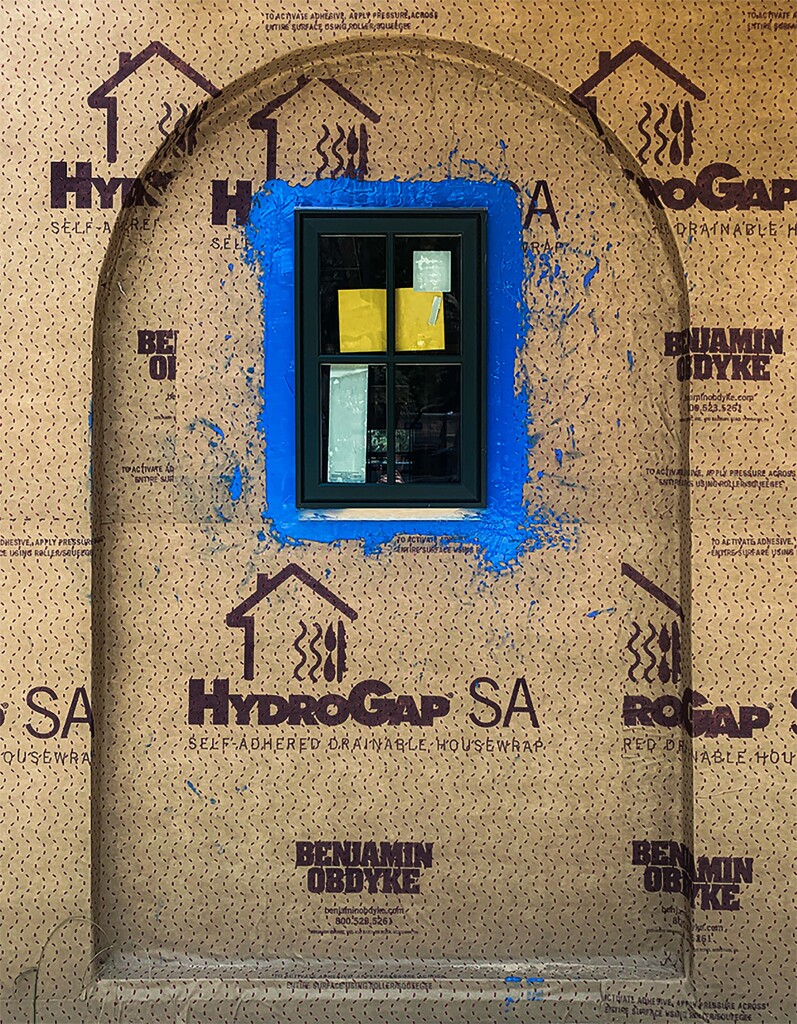
HydroGap SA Samples
GET YOUR FREE SAMPLES TODAY OF THE FIRST EVER SELF-ADHERED DRAINABLE HOUSEWRAP
Designing Wall Systems for Dry Climates
From an installation standpoint, wall systems in dry climates should follow the same sequencing and shingle-overlap guidelines to ensure any moisture drains properly. But these climates may not require a more robust rainscreen system except in some cases like brick and some wood claddings.
However, some drainage, such as from a drainable housewrap, is still an important consideration because buildings in dry climates may experience vapor drive; interior vapor drives through the wall to the exterior where it will need a pathway to drain and dry out.
Also, keep in mind that the curing time for liquid-applied products may take longer in dry climate zones, so schedule construction stages accordingly and take additional measures to aid the curing process.
Tools to Help You Build Better™ in Any Climate
No matter your local building climate, a high-performance envelope starts with proper planning to evaluate weather, temperature, layout, materials, and more. Conduct pre-construction meetings with designers, contractors, and subs to ensure proper sequencing and practices are followed to go above and beyond code to keep wall systems dry and ensure long-term durability.
For help designing a building envelope best-suited for your climate zone, schedule a virtual training session with Benjamin Obdyke experts.

